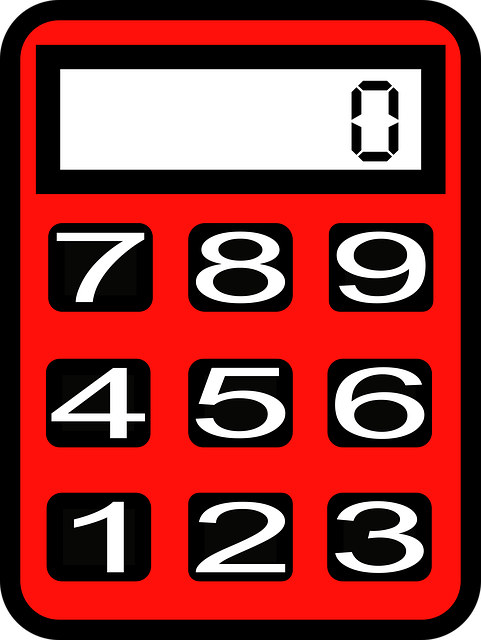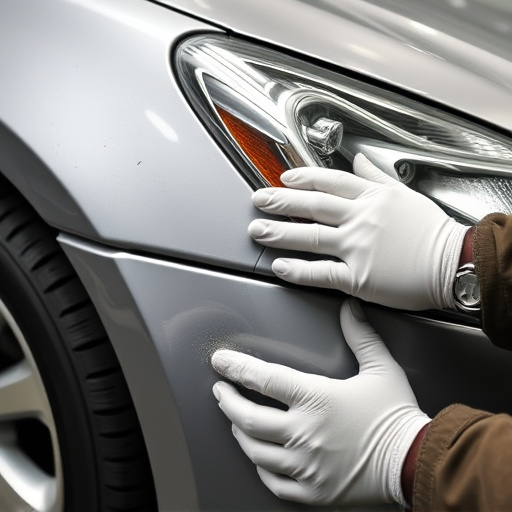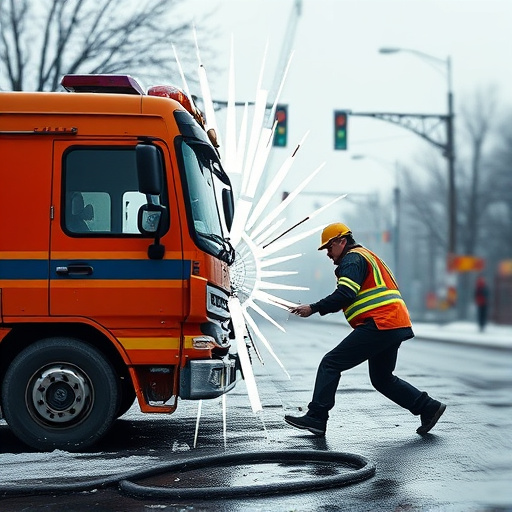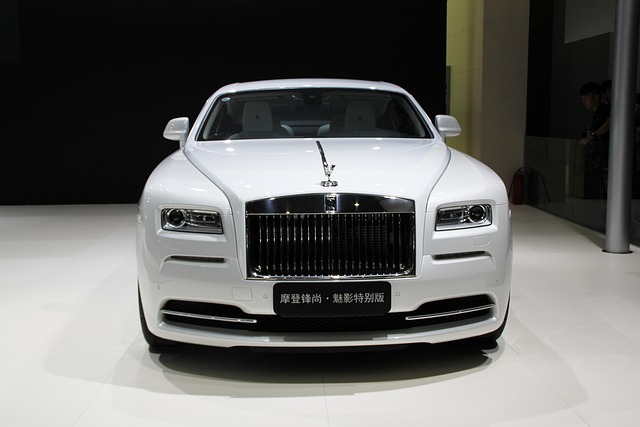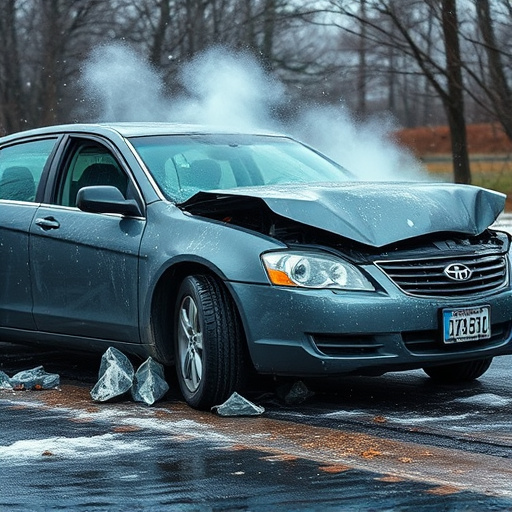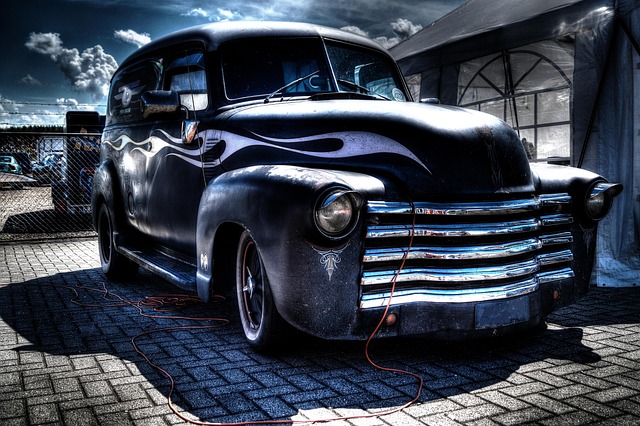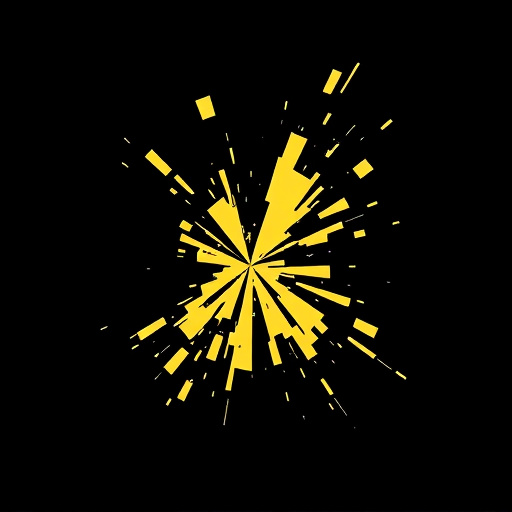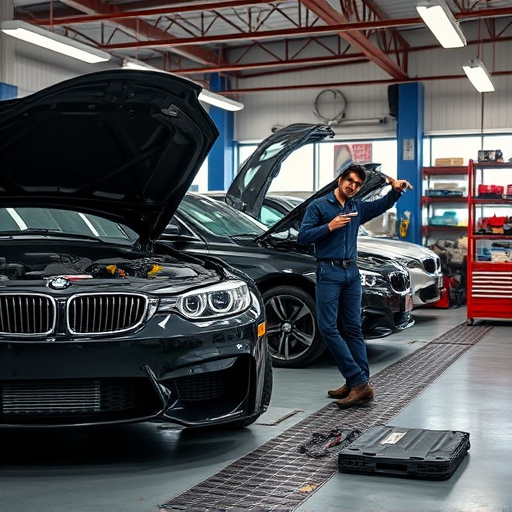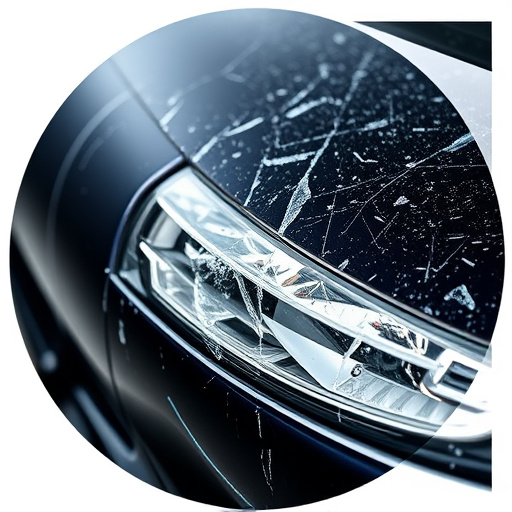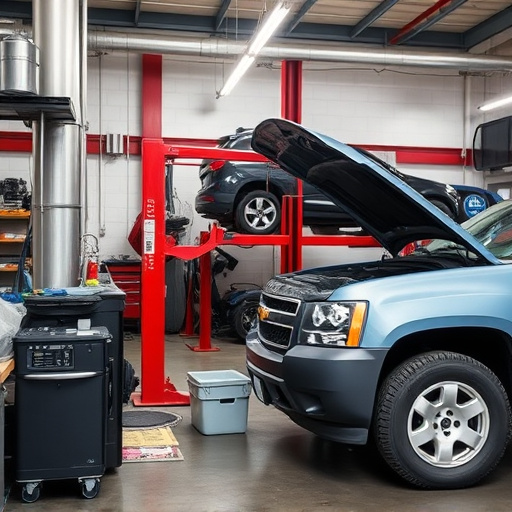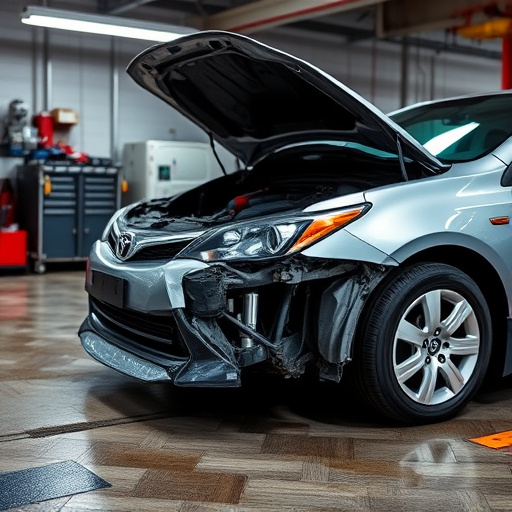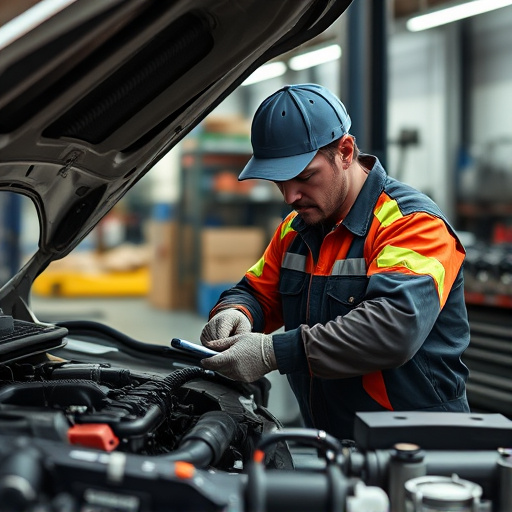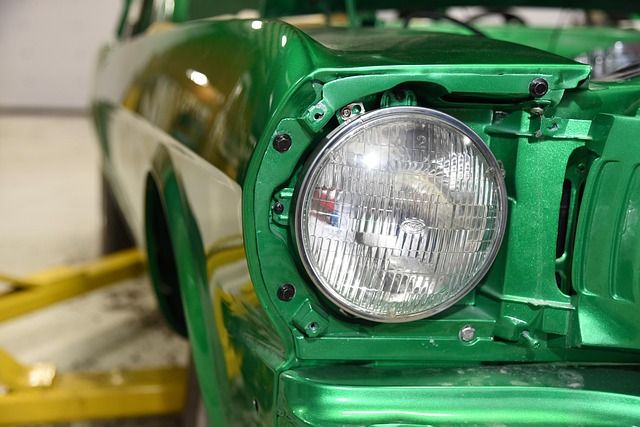Plasma cutting is a cutting-edge technique for automotive collision repairs, offering precision and speed in frame straightening and cutting metal. To safely adopt this technology, collision repair professionals must prioritize worker safety with PPE, adequate ventilation, and regular plasma cutter maintenance. Specialized hands-on training ensures technicians master plasma cutting techniques specific to collision work, minimizing waste and maximizing efficiency in processes like scratch repair and dent removal.
In the dynamic field of automotive collision repair, adopting advanced technologies like plasma cutting offers precision and efficiency. This article delves into the essential aspects of training required for successful plasma cutting applications. We explore the fundamental principles of plasma cutting for collision repairs, safety protocols, and specific equipment needs. Additionally, we emphasize hands-on training, providing techniques and practical experience to master plasma cutting skills, ensuring professionals in the automotive industry stay at the forefront with this game-changing technology.
- Understanding Plasma Cutting Basics for Collision Repairs
- Safety Measures and Equipment Requirements for Plasma Cutting
- Hands-On Training: Techniques and Practice in Plasma Cutting Collision Work
Understanding Plasma Cutting Basics for Collision Repairs
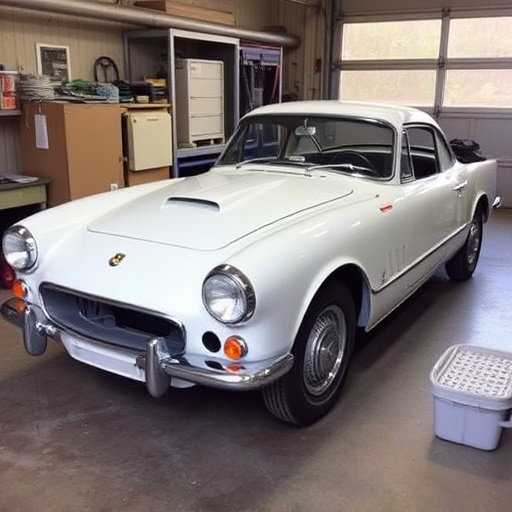
Plasma cutting is a highly effective technique used in automotive collision repairs, offering precision and speed in frame straightening and other intricate tasks. To truly grasp its potential, one must understand the basics of this process. It involves using a plasma torch to cut through metal by ionizing gas into an electric arc, resulting in a clean and controlled cut. This method is particularly advantageous for auto maintenance and repair services due to its ability to handle diverse material thicknesses with precision.
By mastering plasma cutting techniques, collision repair professionals can efficiently navigate complex tasks such as disassembling damaged components or precisely cutting new panels to fit seamlessly during the restoration process. It’s a game-changer in the realm of auto repair, revolutionizing how technicians approach frame straightening and ensuring high-quality, precise outcomes for every project.
Safety Measures and Equipment Requirements for Plasma Cutting
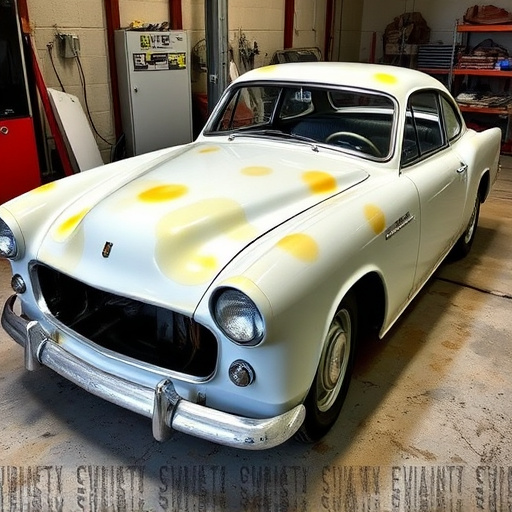
Before diving into plasma cutting for automotive collision work, it’s crucial to understand the essential safety measures and equipment requirements. This process involves high-powered technology that can swiftly cut through metal, making it a valuable tool for Mercedes Benz repair or fleet repair services. However, it also presents significant risks if not handled properly.
Personal protective equipment (PPE) is paramount. Workers performing plasma cutting collision repairs must wear appropriate PPE, including safety goggles, protective clothing, and gloves to shield against potential debris, arcs, and sparks. Adequate ventilation is another critical aspect, as the process can generate harmful fumes and gases. Moreover, ensuring a well-maintained and properly calibrated plasma cutting system is vital for preventing accidents and achieving precise, clean cuts in collision repair services.
Hands-On Training: Techniques and Practice in Plasma Cutting Collision Work
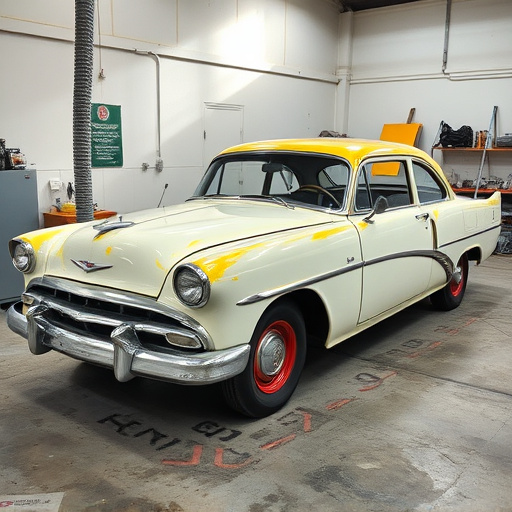
Hands-on training is an integral part of mastering plasma cutting for automotive collision work. It involves practical sessions where technicians learn to handle the plasma cutter, a powerful tool designed for precise and clean cuts. During this training, they are taught various techniques, such as setting optimal parameters, selecting the right cutting gas, and controlling the arc distance to achieve seamless and accurate cuts. This practice ensures that each cut is executed with precision, minimizing material waste and maximizing efficiency in car dent removal or scratch repair processes.
The hands-on approach also allows technicians to familiarize themselves with different types of materials commonly used in vehicle repair, including various metal thicknesses and alloys. By practicing on simulated collision scenarios, they can perfect their cutting skills while considering the unique challenges posed by each vehicle’s structure. This specialized training is a game-changer in plasma cutting collision work, enabling professionals to deliver top-notch results for scratch repairs or more intricate car dent removal processes.
Plasma cutting has emerged as a game-changer in automotive collision repair, offering precise and efficient metal manipulation. To fully leverage its potential, however, proper training is essential. Understanding the basics, adhering to safety protocols, and gaining hands-on experience through targeted techniques are key. With the right preparation, professionals can master plasma cutting collision work, enhancing their skills and the quality of repairs in today’s demanding automotive landscape.
